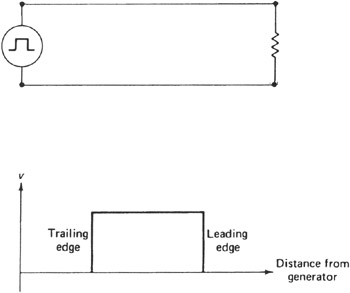

The final model calculates characteristic impedance with less than ☑.33 Ω error for 100,000 swept samples when the samples are within the middle 90% range of the training data and with a computation speed increase of 14.5 times faster than the benchmark field solver. Given a particular conductor geometry for a transmission line or waveguide, only certain patterns of electric and magnetic fields (modes) can exist for. The goal of a deep-learning based transmission line tool is to enable accurate microstrip and stripline PCB trace design with computation speeds which allow the engineer to compute hundreds or thousands of iterations in a short period of time with commodity hardware. Cross-sectional geometry and materials also determine the loss and EMI immunity of the transmission line. This paper describes a proof-of-concept neural net which utilizes five input parameters of an uncoated microstrip transmission line and is able to output the per-unit-length equivalent resistance, inductance, conductance, and capacitance RLGC parameters. The geometry and materials of the line determine the value of Z0, just as they do the phase velocity vf and the loss parameter d. A rudimentary transmission line is simply a pair of wires with one wire serving as a datum (i.e., a reference e.g., ground) and the other wire bearing an. Electromagnetic field solvers have become far more common in recent times and can deliver exceptional accuracy with relatively low computational cost. While relatively simple equation-based methods exist to estimate transmission line parameters such as characteristic impedance, they do not hold accuracy beyond certain structural limitations such as track width to dielectric thickness ratios. Transmission line geometry is one of the most critical aspects of high-speed digital and radio frequency (RF) printed circuit board (PCB) design.


 0 kommentar(er)
0 kommentar(er)
